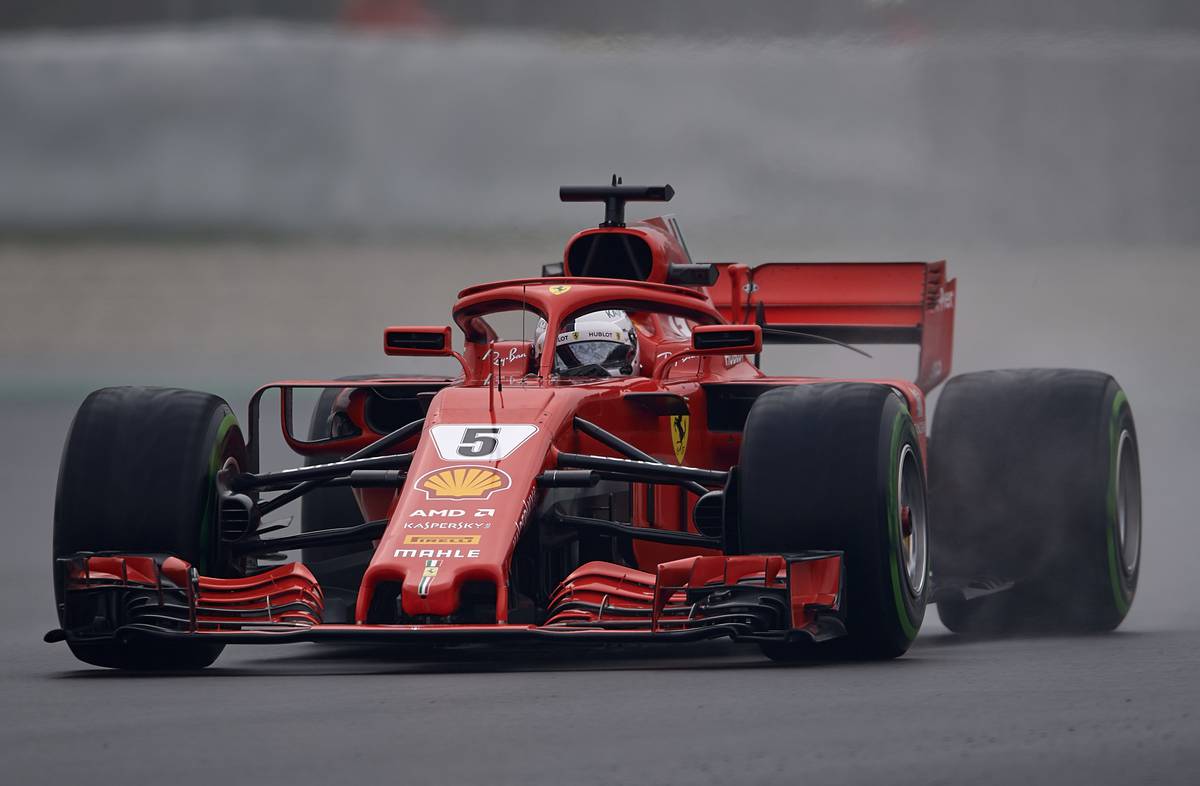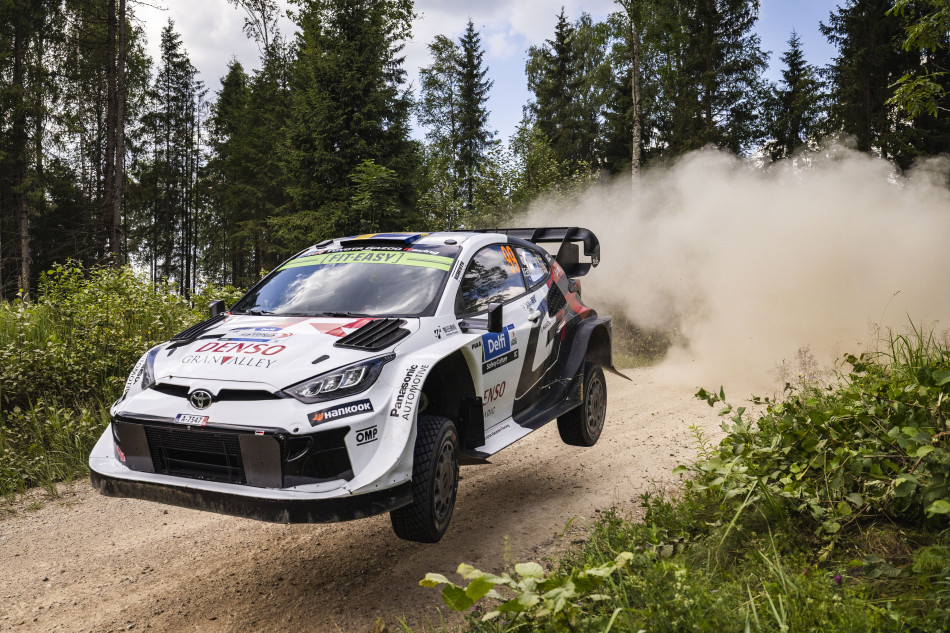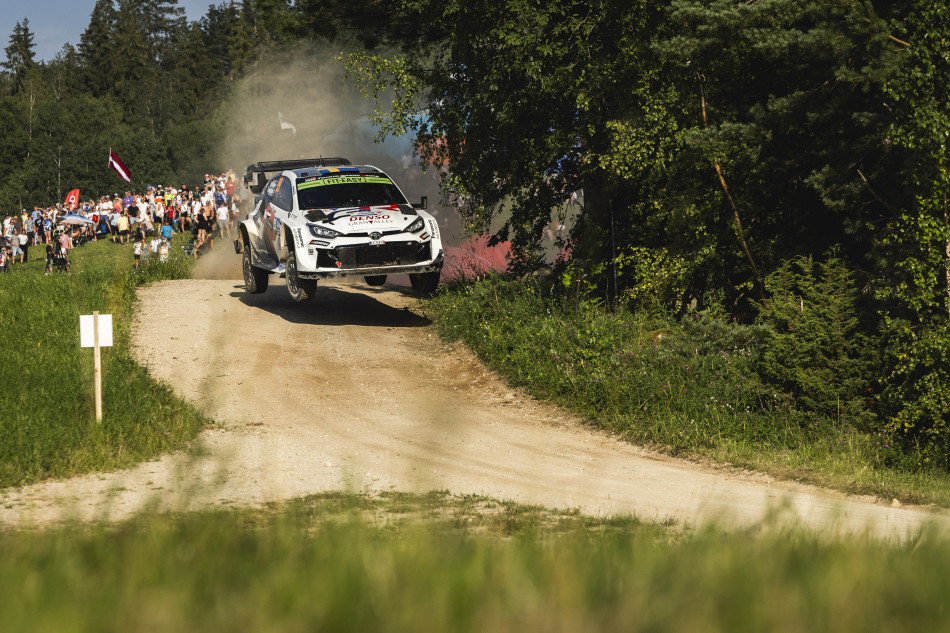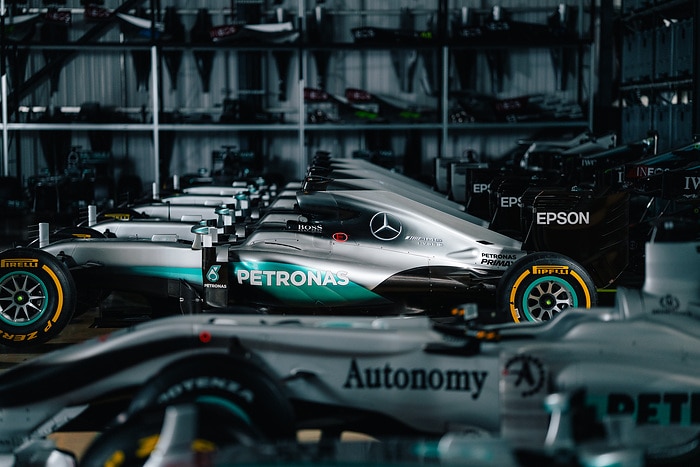
One of the many series starting off their 2018 season last week was the WSBK. World Super Bikes to you and me.
A Superbike is a highly tuned version of a normal road motorbike compared to the MotoGP bikes that are individually and purpose built racing machines. Think World Touring Cars as opposed to Formula 1 cars.
As you would imagine, it is a very competitive form of racing populated by many up and coming riders pitting themselves with others who are on the cusp of racing in MotoGP or have just stepped down a rung on the ladder.
The first event of the season was at the wonderful, scenic and challenging circuit of Philip Island, Victoria, NSW, a superb, flowing circuit that somehow brings out the very best of MotoGP and WSBK on two wheels as well as the Supercars on four.
For one reason or another the Pirelli tyres used for the WSBK championship showed a dangerous amount of wear during the practice and qualifying days, so much so that the first of the two WSBK races was shortened and the second was made a ‘flag to flag’ race meaning there was a mandatory pit stop to change the tyres for new.
It was an interesting, if unintended, development that resulted in close racing in both halves as the riders had no need to take care of the tyres in the same way they would if the race was an uninterrupted one. Two short, but exciting, races for the price of one.
Some while ago, back in 2016, the ‘master manipulator’ of the sport at the time, one B. Ecclestone, put forward a suggestion that instead of one long Grand Prix, the F1 weekend would be more attractive to today’s audience if it were split up to take into account the shorter attention span of the modern, young viewer of today.
He was quoted at the time saying “We need to look at the traditional concept of one long race. Two 40-minute races with a 40-minute break in the middle when the drivers could be interviewed, cars worked on, would be attractive to viewers, the TV companies, the sponsors and advertisers would love it”.
At the time Ecclestone was seen as being his normal mischievous self by throwing one of his famous verbal hand grenades out there and seeing what havoc it could cause.
Double points, Gold medals and unpredictable water sprinklers on the track, together with grids spots drawn by lottery and short cuts as a ‘joker’ lap were some other notable suggestions.
Perhaps though, as Liberty Media search for ways to make their vision for the sport into popular reality, it is time to consider Ecclestone’s hand grenade more seriously.
Certainly it would go against all tradition but Formula 1 traditions have changed regularly.
Dropping the use of huge laurel wreaths for the winner of the race as they obscured the sponsors logos on the drivers overalls was one.
In the early days of the sport the races were run over huge distances and even from the start of the ‘modern’ era races regularly took three hours or more to run. Now that limit is a two hours maximum race time.
It was traditional that cars raced in their national colours and the long traditional race start time of 2pm UK time has now gone, even the traditional race venues are once again under threat. Times change, sport changes. Just look at the rules for rugby, the surge in popularity of ‘Big Bash’ style cricket and any number of other sports that, year on year, ‘tweak’ the way the sport is played.
So, is it time for the tradition of one single Grand Prix race over the weekend to fade away and the sport become more ‘user friendly’ for the gaming age, the ‘eSports’ age or to attract those with the attention span of a well rounded goldfish?
By God I hope not.
It is not a tradition that a Formula 1 race takes best part of two hours, it is an absolute necessity.
Despte the occasional tedium of a couple of hours of follow the leader racing, the very nature of the sport demands that strategy, tactics and planning are integral parts of a Grand Prix and should remain so.
The demands made on the team, the car’s mechanicals and engine, the tyres and most importantly the extreme stresses and requirements made of the drivers are not those of short sprints.
It is certainly arguable, but in my opinion indisputable, that driving a Formula 1 car over the length of a Grand Prix is possibly the most physically and mentally demanding activity of any sport.
Concentration at maximum levels for every single second of the race, with huge forces acting on the body from gravity while trying to steer a car with precision, all the while taming close to 1000 horsepower with other drivers just millimetres away takes a very special skill and person.
If you don’t think so then go to your local Kart track and try a few laps.
Sprint races, as in cricket with the ‘Big Bash,’ have their place but real Grands Prix, as in test cricket, is what the sport is founded on and should never be given up.
Conversely breaking the tradition of a lack of overtaking is a whole different question.
Source :nzherald.co.nz






















